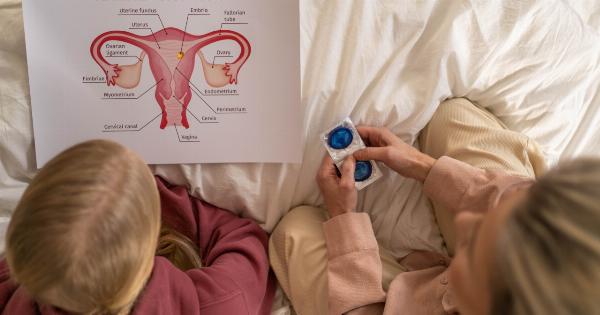Thumb arthritis is a common condition that affects millions of people worldwide. While both men and women can develop thumb arthritis, studies have shown that women are more likely to suffer from this condition.
This gender disparity has puzzled researchers for years, and various factors have been identified to explain why women are at a higher risk of thumb arthritis. In this article, we will explore the gender factor behind thumb arthritis and discuss some effective strategies to manage and ease the symptoms.
Understanding Thumb Arthritis
Thumb arthritis, also known as basal joint arthritis, occurs when the cartilage that cushions the ends of the bones in the thumb joint wears away, leading to bone-on-bone contact.
This degenerative condition causes pain, stiffness, swelling, and decreased range of motion in the thumb joint.
Thumb arthritis can develop due to various factors such as age, previous injury, genetics, and repetitive stress on the thumb joint. However, gender has emerged as a significant factor that influences the prevalence and severity of thumb arthritis.
The Influence of Hormones
One of the primary reasons why women are more prone to thumb arthritis is hormonal influence. Estrogen, the primary female sex hormone, plays a crucial role in regulating bone health.
During menopause, when estrogen levels decline, women become more susceptible to bone and joint problems, including thumb arthritis. Hormonal fluctuations during menstruation and pregnancy may also contribute to the development or worsening of arthritis symptoms.
Joint laxity and biomechanics
Women generally have more joint laxity compared to men, which means their ligaments are more flexible. While joint laxity can offer certain advantages in activities like childbirth, it also makes the thumb joint more unstable and prone to wear and tear.
The laxity combined with particular gripping and pinching movements that women tend to perform frequently, such as sewing, knitting, or childcare, can put excessive strain on the thumb joint, accelerating the development of arthritis.
Wider Thumb Base
Another anatomical difference between men and women that may contribute to the higher prevalence of thumb arthritis in women is the width of the thumb base.
Studies have shown that women tend to have wider thumb bases, causing increased stress on the joint and a greater risk of developing arthritis. The wider thumb base displaces the forces exerted on the joint, leading to poor alignment and increased wear on the cartilage.
Addressing Thumb Arthritis
Although thumb arthritis is more common in women, there are several strategies that can help alleviate the pain and manage the symptoms. These approaches include:.
Splinting and Bracing
Wearing a splint or brace can provide support and stability to the thumb joint, helping to reduce pain and improve function. Splints are typically worn during activities that aggravate the symptoms or at night to promote rest and reduce inflammation.
Medications
Over-the-counter pain relievers, such as acetaminophen or nonsteroidal anti-inflammatory drugs (NSAIDs), can help alleviate pain and reduce inflammation in the thumb joint.
In some cases, a doctor may prescribe stronger medications or recommend corticosteroid injections to provide more significant relief.
Physical Therapy
A skilled physical therapist can develop a customized exercise program to improve thumb strength, flexibility, and range of motion.
They may also incorporate modalities like heat or ice therapy, ultrasound, or transcutaneous electrical nerve stimulation (TENS) to relieve pain and support healing.
Lifestyle Modifications
Simple lifestyle modifications can make a significant difference in managing thumb arthritis.
These include avoiding repetitive movements that strain the thumb joint, using assistive devices for tasks that require gripping or pinching, and maintaining a healthy weight to reduce stress on the joints.
Surgical Intervention
If conservative treatments fail to provide relief and the thumb arthritis severely hampers daily activities, surgical intervention may be considered.
Procedures such as joint reconstruction or joint fusion can help stabilize the thumb joint, alleviate pain, and improve function.
Conclusion
Thumb arthritis is more prevalent in women, primarily due to factors such as hormonal influence, joint laxity, and anatomical differences.
Understanding why women are more susceptible to this condition can help inform preventive measures and effective treatment strategies. By implementing lifestyle modifications, using assistive devices, and seeking appropriate medical intervention when necessary, women can effectively manage and minimize the impact of thumb arthritis on their daily lives.






























